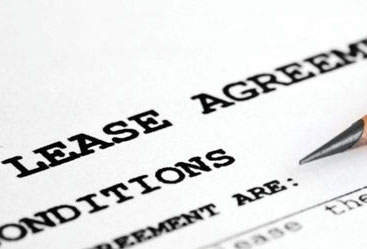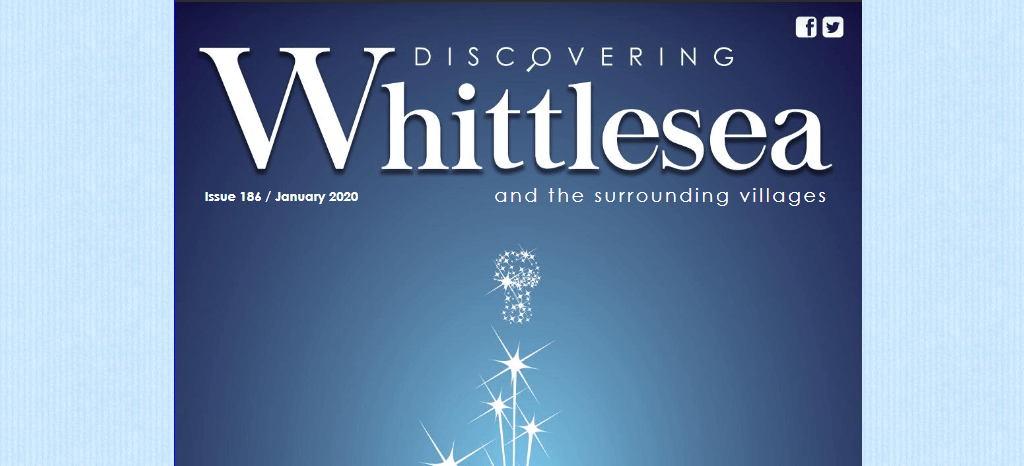In England and Wales, there are two ways to hold land: freehold and leasehold. Most houses tend to be freehold properties, whereas most flats tend to be leasehold. If you can’t decide which is better for your property goals, contact PDR Property Lawyers. Our team of freehold and leasehold conveyancing lawyers can walk you through the benefits of both freehold and leasehold conveyancing. Compare the difference between leasehold and freehold properties below and call us at 01733 203873 with any questions or concerns. We’re here to help!

Instant online conveyancing quote!
Our expert property lawyers know how important it is for our customers to be able to quickly receive an accurate estimate of your expected conveyancing fees. Fill in our instant quote form, or alternatively email us on info@pdrpropertylaw.com or give us a call on 01733 203873.
Get started today
Freehold vs. Leasehold Conveyancing
The main difference between freehold and leasehold is that one retains its value whereas the other does not. A freehold property will always maintain its value and will only increase over time. A leasehold property loses its value as the lease gets shorter. For instance, should you purchase a flat with a 50-year lease, it would only be worth about 70% of what an identical flat with a 99-year lease would be valued.
What to Consider Before Committing to Leasehold Conveyancing?
Before you do anything, you must first decide whether you want to own the property indefinitely or are happy to give the property back to the landlord after a certain period of time, historically after 99 years. If the latter suits your needs, a leasehold property may be right for you, as you’ll gain temporary right (potentially for decades) to occupy a property.
When you’re ready to lease, you’ll enter a contract known as the “Tenant’s Covenant,” which details the rules you need to obey as a tenant of a leasehold property. Your contract will outline the rights and obligations of both the Landlord (Lessor) and Tenant (Lessee) so you know what’s expected of each party. Your lease contract will normally specify that the Landlord (Lessor) will grant the Tenant (Lessee) “quiet enjoyment” of the property provided that the Tenant (Lessee) obeys the terms of the contract. Rent usually costs between £50 and £250, due to the fact that the Tenant (Lessee) is usually responsible for paying all costs related to the maintenance and repair of the property. When your lease term ends, the Tenant (Lessee) will “quietly yield up possession.”
Additional Leasehold Conveyancing Tips
- Leases are not standardised so be sure your lease contract has been drafted correctly. Check the lease plan to ensure parking spaces, bin stores, paths and other communal areas are clearly marked.
- Once you’ve owned your leasehold flat for two years, you can apply for a lease extension. You’ll receive a new lease for a new term of 90 years, plus what remains on your old lease.
- If there are less than 80 years left on a lease, the price payable will be higher so extend your lease well before its termination date.
Most residential flat leases require a Tenant (Lessee) to pay small ground rent. The cost of ground rent tends to exceed £150 a year and can increase over time. - The Landlord (Lessor) can ask for a service charge in your contract. He or she will divide up the cost of insuring and maintaining the flat between Tenants and charge an appropriate fee.
Freehold and leasehold conveyance can be tricky, so contact PDR Property Lawyers for step-by-step help. We’re the award-winning property conveyancing lawyers you can trust!



